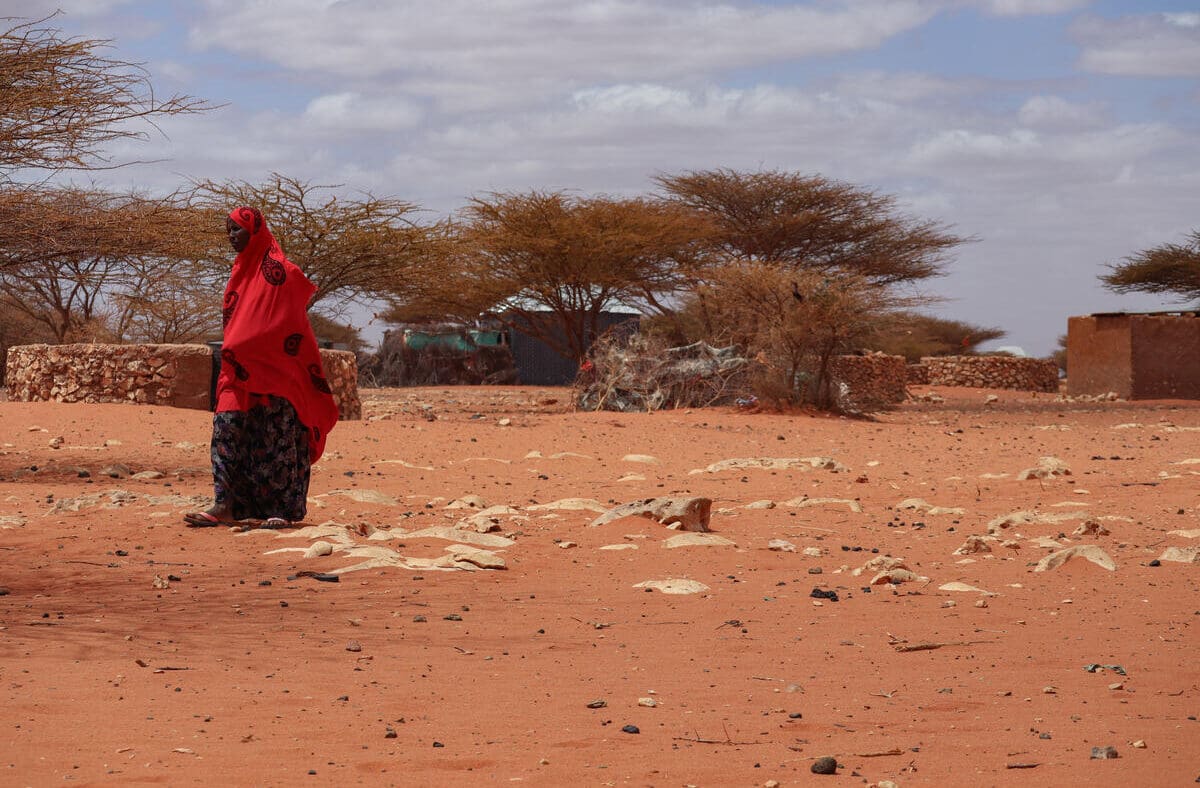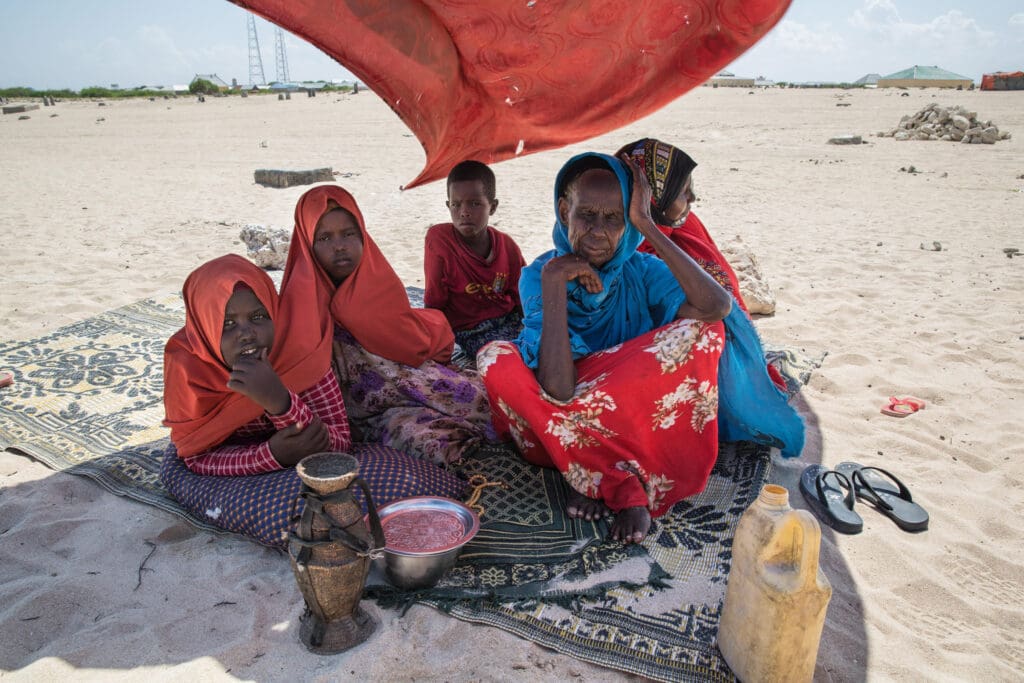
Somalia
While famine has been kept at bay for now, the situation in Somalia remains critical. Emergency levels of hunger are forecast to continue in many regions.
After a gradual recovery from the famine of 2011, Somalia’s food security is once again under threat. The longest drought in 40 years and ongoing conflict have driven millions of Somalis into severe levels of hunger.
people are projected to face crisis levels of hunger
Somalis live in on less than $1.90 per day
people received WFP assistance 2022
Hunger Crisis in Somalia
Over 6 million Somalis are expected to face extreme levels of hunger. Among the most affected include urban and poor people in Bay, Bakool, Gedo, Middle and Lower Shabelle as well as internally displaced populations (IDPs). 1.8 million children are malnourished.
Somalia is on the frontlines of the climate crisis. Drought, flooding and tropical storms are recurrent and severe. The country’s hunger crisis is primarily due to a devastating drought caused by five consecutive failed rainy seasons. The drought is compounding the impacts of other climate shocks.

WFP’s Work in Somalia
In 2022, the U.N. World Food Programme expanded its lifesaving assistance to reach a record number of people in Somalia – including those in hard-to-reach areas. It is essential that the U.N. World Food Programme is able to sustain and increase this scale-up in 2023.

The U.N. World Food Programme saves lives by providing general food assistance to those affected by crisis, mainly with cash to buy the food they need.


The U.N. World Food Programme provides emergency malnutrition treatment to pregnant and nursing women and children under the age of 5.


We support 90,000 children during the current school year with homegrown school meals. This program improves enrollment and retention rates while providing a safety net for children’s’ families.

You Can Help Save Lives
When you donate, you help us deliver critical food relief to the most vulnerable people in Somalia and other countries around the world. You can make difference in someone’s life – send food today.
News & Updates from Somalia
Read the latest articles on hunger issues and WFP’s work in Somalia.





